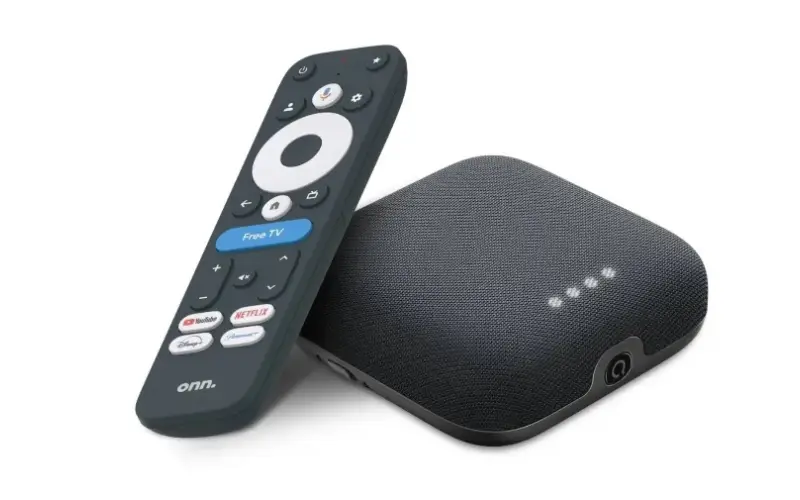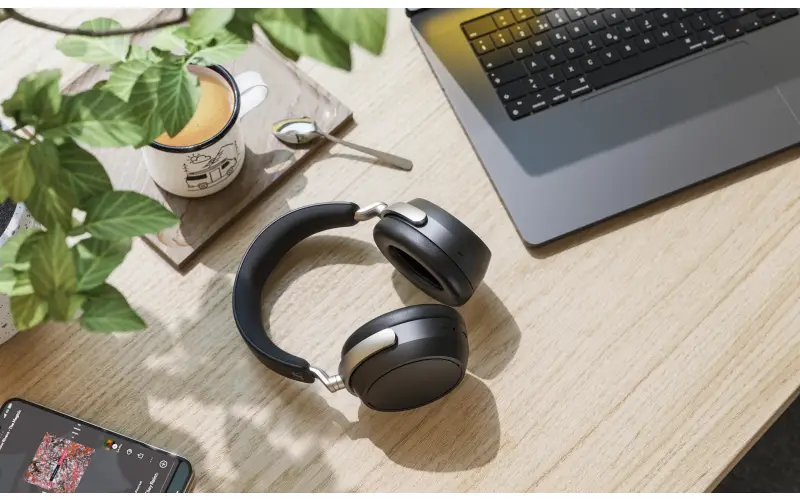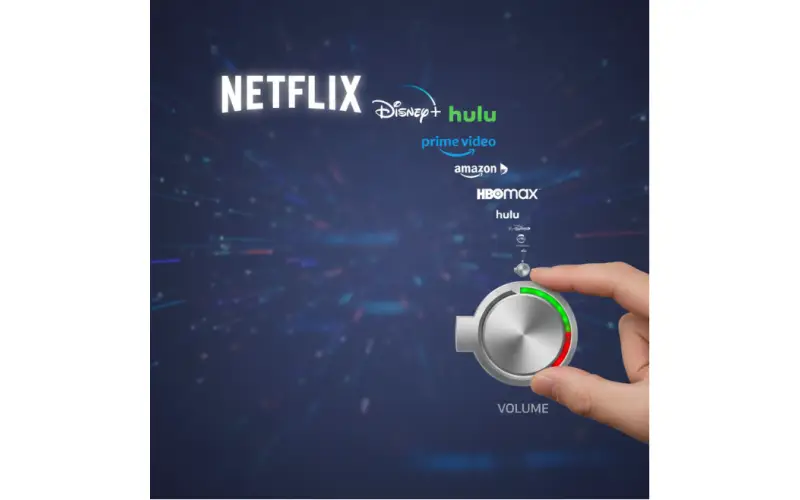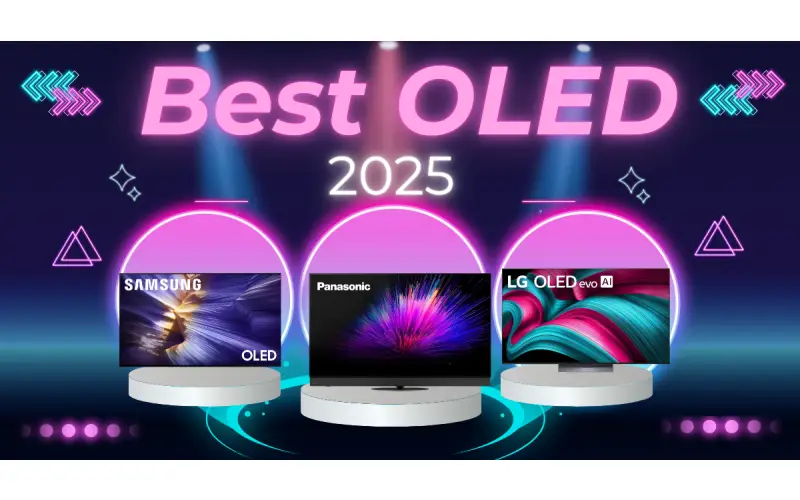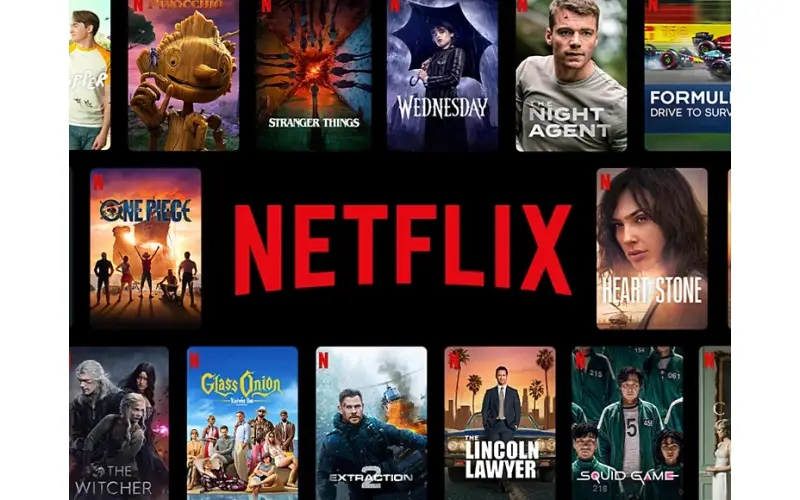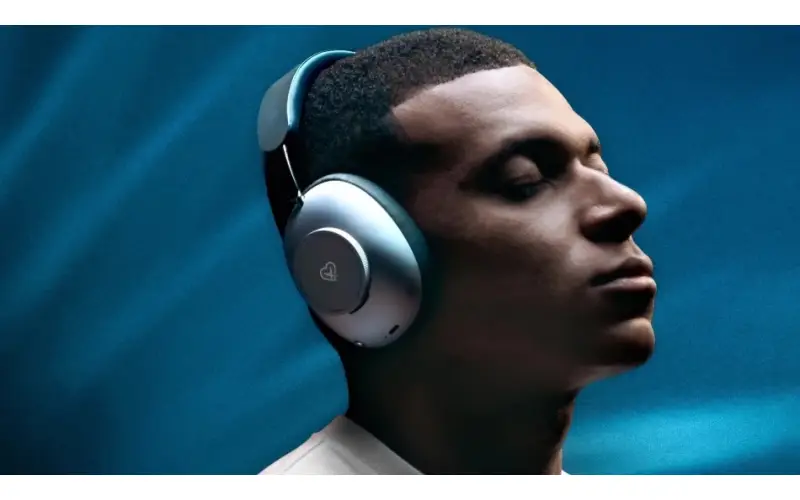By: Dipin Sehdev
In an era where TV remotes are increasingly cluttered with sponsored shortcuts and streaming service logos, Google is introducing yet another dedicated button—but this one isn’t for Netflix or YouTube. Starting April 2025, all new Google TV devices will be required to ship with a remote that includes a prominent "Free TV" button.
This isn’t just another piece of hardware design trivia—it signals a broader strategic pivot from Google as it doubles down on its ad-supported streaming ambitions. The button will serve as a direct gateway to Freeplay, Google’s free live TV service, and is poised to become a central part of the Google TV experience moving forward.
Freeplay: Google's FAST Play
Freeplay is Google’s answer to the booming Free Ad-Supported Streaming TV (FAST) market—a trend that’s seeing increased adoption from users burned out on subscription fatigue. Initially rolled out in the U.S. in 2024, Freeplay offers more than 150 free channels, including BBC Earth, Court TV, Hallmark Movies, and various local and national news networks.
Unlike most other FAST offerings, Freeplay is fully integrated into the Google TV platform. That means no downloads, no sign-ups, and no hidden costs. It’s available directly through the "Live" tab on the Google TV interface. With the addition of the new hardware button, access will now be instantaneous—just a single press away from a slate of free programming.
The New Requirement: One Button to Rule Them All
According to reporting from Android Authority, Google has informed OEMs that every new Google TV remote must include a dedicated button for Free TV starting in April 2025. This applies across all devices that ship with Google TV, including smart TVs, streaming sticks, and set-top boxes.
While the exact size, placement, and color of the button haven’t been standardized by Google, the goal is clear: ensure a consistent, streamlined user experience across all Google TV products. The move is not entirely surprising. Google has been working to unify the Google TV ecosystem ever since it replaced Android TV as its flagship entertainment platform.
In the U.S., where Freeplay is already active, the button will launch the service directly. For international users, the button will link to the device’s live TV guide—either from Google itself or provided by the OEM’s existing platform. Though the experience may vary by region, the button is meant to offer value to all users regardless of their location.
Google’s Official Take
In a statement shared with Android Authority, a Google spokesperson said:
“Google TV gives users access to a wide range of free TV options, including local news, popular shows, and movies. Since we launched free live TV options on Google TV, we’ve received overwhelmingly positive feedback from users, and this change will help provide a consistent experience with quick access at users’ fingertips.”
This aligns with Google’s recent push to highlight the value proposition of its platform: simple, unified, and increasingly free. Google is betting that FAST content will be the next big battleground in the streaming space, and with the addition of the button, it’s making a major land grab for living room attention.
Device Makers: Time to Redesign
OEMs were reportedly notified of the new mandate in early 2024, giving them over a year to revise their remote designs. Some manufacturers were already ahead of the curve. Walmart’s Onn 4K Pro streaming box, for example, already includes a large, bright blue "Free TV" button placed right in the center of the remote.
Google has not imposed strict visual branding rules around the button—meaning that device makers can customize its look to match their aesthetics. However, the function must be consistent: the button must launch Freeplay or an equivalent live TV guide.
This flexible design approach should ease implementation headaches for OEMs while ensuring that users can easily discover free content, regardless of which Google TV device they purchase.
Google’s Remote Playbook: A Growing List of Requirements
This isn’t the first time Google has tightened the screws on hardware standards for Android TV and Google TV devices. Since April 2021, Google has mandated AV1 codec support for all Android TV-based hardware. With Android 13, manufacturers were urged to include at least 16GB of internal storage. Support for Bluetooth 5.0 (or newer) is now required on devices launching with Android 13 or later.
The mandatory "Free TV" button is the latest in this growing list of hardware specifications aimed at elevating the baseline user experience on Google TV. By forcing consistency across the board, Google is working to unify a fragmented smart TV ecosystem and make its platform more competitive against rivals like Roku, Amazon Fire TV, and Apple TV.
Why This Matters: The Rise of FAST
The timing of this change couldn’t be more strategic. The streaming industry is undergoing a major shift as consumers push back against rising subscription fees. While giants like Netflix, Disney+, and Max continue to chase premium paid subscribers, a growing number of users are turning to free, ad-supported content as a supplement—or even replacement—for traditional streaming services.
Google isn’t alone in recognizing this trend. Amazon recently launched its own FAST offering, Fire TV Channels. Roku continues to invest in its Roku Channel lineup. Even legacy media giants like Paramount and Fox have rolled out FAST platforms in the form of Pluto TV and Tubi, respectively.
By embedding a Free TV button directly into hardware, Google is giving FAST content premium visibility and cutting out the friction of discovery. Users no longer have to navigate to the "Live" tab or search manually—they can just press a button and start watching.
This kind of real estate on the remote is highly coveted. Buttons for services like Netflix and YouTube are often the result of multi-million-dollar deals with manufacturers. That Google is mandating a dedicated button for its own free service—not just encouraging it—signals how serious the company is about making Freeplay a cornerstone of the Google TV experience.
An Ecosystem Under Construction
The Google TV platform is still evolving. Originally launched as a rebranding and revamp of Android TV, Google TV offers a more modern UI, personalized content recommendations, and tight integration with the broader Google ecosystem—including Assistant, Search, and YouTube.
In 2023, Google began sunsetting the Chromecast with Google TV in favor of the new Google TV Streamer—ironically, a device that shipped without a Free TV button. But future versions of the streamer and other first-party hardware are expected to comply with the new rule.
By consolidating its hardware and software efforts, Google aims to offer a seamless experience across price points and device categories. The mandatory button is another piece in this puzzle, ensuring that every user, whether they bought a $20 streaming stick or a $2,000 OLED TV, can access free content with the same level of ease.
Regional Variations and Limitations
One of the more ambiguous aspects of the mandate is how it will function outside the U.S. As of now, Freeplay is only available in the United States, and Google has not announced a timeline for global expansion. In other markets, the button will redirect users to live TV content provided by the device OEMs—which may vary in quality and availability.
In some regions, live TV content might still require a subscription or integration with a local broadcasting app. This could lead to inconsistent experiences across markets, at least until Freeplay—or a global equivalent—expands its reach.
That said, the button won’t be useless outside the U.S., and Google’s long-term vision likely includes a broader international rollout of Freeplay or similar services tailored to local content partnerships.
The Bottom Line
Love it or hate it, the Free TV button is coming—and it’s here to stay.
What seems like a minor hardware tweak is actually a major shift in how Google envisions the future of TV. By turning remotes into direct portals for free content, Google is cutting through the noise of fragmented streaming services, complicated menus, and ever-expanding app libraries.
For consumers, it means easier access to live content without needing to download extra apps or commit to another subscription. For Google, it’s a way to drive engagement, boost ad revenue, and further entrench itself in the smart TV landscape.
The streaming wars are far from over, but as subscription fatigue sets in and ad-supported models gain ground, Google is staking its claim—one button at a time.
